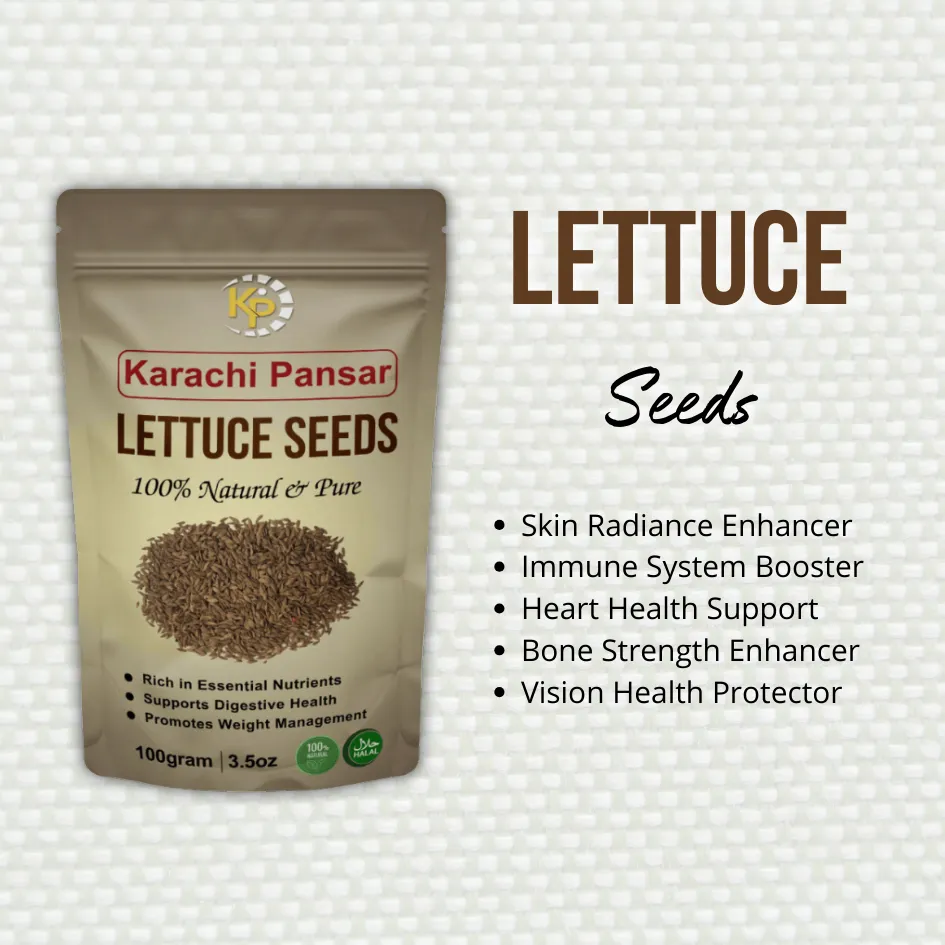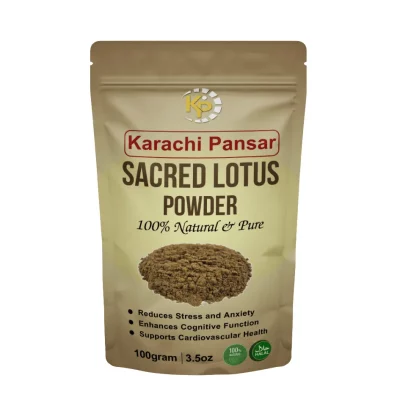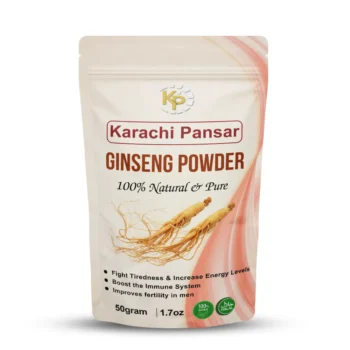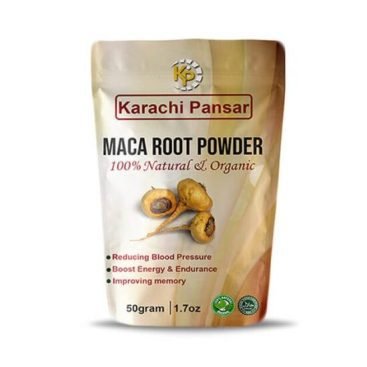Lettuce seeds, the tiny powerhouses of potential, hold the promise of abundant health benefits. These unassuming seeds, originating from the lettuce plant, contain a treasure trove of essential nutrients. Packed with vitamins, minerals, and dietary fiber, they aid in digestion, bone health, and weight management. Rich in antioxidants, they contribute to radiant skin and bolster the immune system. Their hydrating properties and heart-healthy compounds make them a nutritional asset. Whether added to culinary creations or utilized in traditional remedies, lettuce seeds are a testament to nature’s vitality.
Uses & Health Benefits:
Here’s a comprehensive list of key benefits offered by lettuce seeds:
- Nutrient-Rich: Lettuce seeds are packed with essential vitamins, minerals, and dietary fiber.
- Digestive Health: The fiber content aids in digestion and supports a healthy gut.
- Weight Management: Low in calories and high in fiber, lettuce seeds can contribute to weight loss and management.
- Bone Health: Rich in minerals like calcium and magnesium, they help support strong bones.
- Hydration: Lettuce seeds contain water-absorbing properties, contributing to hydration.
- Heart Health: Fiber and potassium content may assist in maintaining cardiovascular health.
- Skin Nourishment: Vitamins like A and C in lettuce seeds contribute to skin health.
- Antioxidants: Lettuce seeds provide antioxidants that fight free radicals and support overall health.
- Eye Health: Vitamin A content supports vision and eye health.
- Better Sleep: Lettuce seeds contain compounds that can aid in promoting relaxation and sleep.
- Reduced Inflammation: Antioxidants and phytonutrients in these seeds have anti-inflammatory effects.
- Cholesterol Regulation: Fiber and plant compounds contribute to managing cholesterol levels.
- Blood Sugar Regulation: Low glycemic index and fiber content help in regulating blood sugar.
- Immune System Support: Vitamins and antioxidants contribute to a healthy immune system.
- Anemia Prevention: Iron content aids in preventing iron-deficiency anemia.
How to Use?
Using lettuce seeds is fairly straightforward, and it primarily involves sowing them in soil and providing proper care until they germinate and grow into mature lettuce plants. Here’s a step-by-step guide on how to use lettuce seeds to grow your own lettuce:
1. Choose the Right Seeds:
- Select high-quality lettuce seeds from a reputable source. There are various types of lettuce to choose from, including romaine, leaf, and butterhead varieties. Choose the type that suits your taste preferences and growing conditions.
2. Prepare the Soil:
- Ensure that the soil is well-draining, loose, and fertile. Amend the soil with compost or organic matter to improve its nutrient content and texture. Lettuce prefers slightly acidic to neutral soil with a pH range of 6.0 to 7.0.
3. Sow the Seeds:
- Plant the lettuce seeds directly into the prepared soil. Scatter the seeds evenly across the planting area or sow them in rows, spacing them according to the specific recommendations for the variety you’re growing. Cover the seeds lightly with soil.
4. Provide Proper Watering:
- Keep the soil consistently moist but not waterlogged. Water the seeds gently immediately after planting and continue to water regularly to ensure that the soil remains evenly moist throughout the germination period. Avoid overhead watering, as it can lead to fungal diseases.
5. Ensure Adequate Sunlight:
- Lettuce plants thrive in cool weather and require adequate sunlight to grow. Choose a location that receives partial to full sunlight, especially in the morning hours. However, in hot climates, some varieties of lettuce may benefit from partial shade to prevent bolting.
6. Thin the Seedlings:
- Once the lettuce seedlings emerge and develop their first true leaves, thin them to allow proper spacing between plants. This helps prevent overcrowding and ensures better air circulation, reducing the risk of disease.
7. Apply Mulch:
- Mulching around the base of the lettuce plants can help conserve soil moisture, suppress weeds, and regulate soil temperature. Use organic mulches such as straw, shredded leaves, or grass clippings.
8. Fertilize if Needed:
- If the soil lacks nutrients, you can fertilize the lettuce plants with a balanced fertilizer or a nitrogen-rich fertilizer to promote healthy growth. However, avoid excessive fertilization, as it can lead to overly lush foliage and poor flavor.
Note:
The information is for educational purposes only. This information has not been evaluated by the Food and Drug Administration.
This information is not intended to diagnose, treat, cure, or prevent any disease.
















